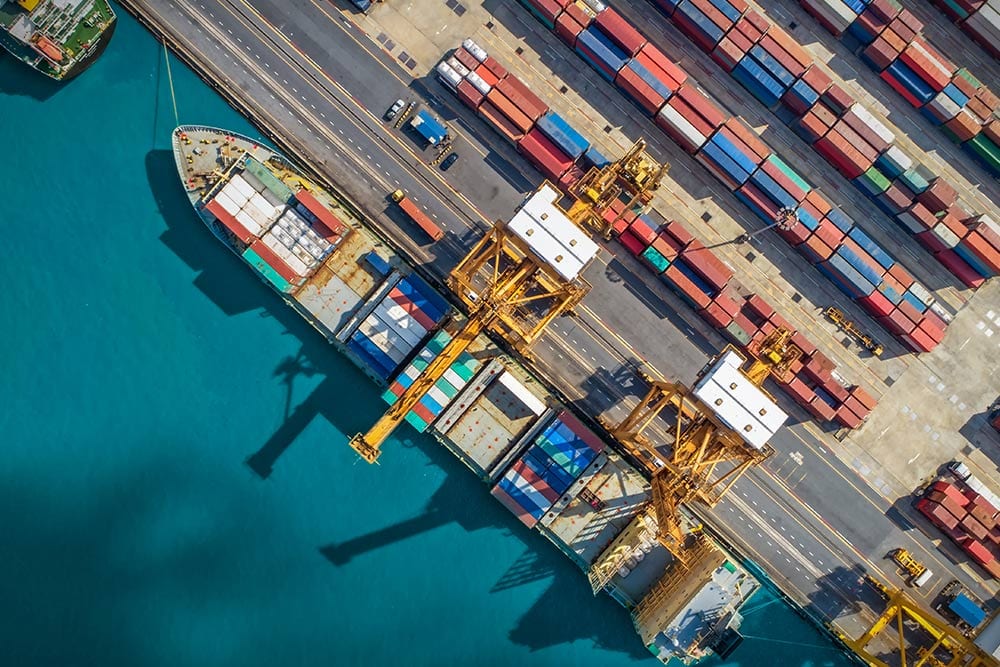If you want to improve the efficiency of your transportation operations, using a shipment impact indicator can be one of the best things you can do. Here are some of the biggest benefits of shipment impact indicator:
Eliminate the need for visual inspections
By leveraging the data provided by shipment impact indicators, you can eliminate the need for visual inspections. This will reduce the time spent on visual inspections, along with the cost of labour and materials that go into managing them. In addition to saving time and money, this will also reduce risks associated with human error in visual inspections: if a quick check shows there’s no damage, then you don’t have to waste time performing an in-depth inspection of your shipments, which would be less efficient anyway because it requires more workers and equipment to conduct than does a quick bin scan.
If you want your company to achieve maximum efficiency in its operations while reducing costs at all levels (from shipping through distribution), then it makes sense for you to consider using shipment impact indicators as part of your supply chain management strategy.
Reduce error rates
The benefits of using shipment impact indicators are numerous, but the most significant is that it reduces error rates. All too often, human errors occur in data entry, labelling and packaging, which can result in lost shipments or double shipments.
Shipment impact indicators reduce these errors by providing a physical checkpoint of where the package is supposed to be at all times. If an employee doesn’t hit their target location with a shipment, they know they made an error and can correct it immediately rather than putting a whole lot of effort into shipping out an incorrect product or sending out multiple shipments when there should only be one coming through (and then having to go back later on down the road).
This saves time and money for your company as well as improves customer satisfaction since you won’t have dissatisfied customers receiving wrong orders or waiting for days for their packages when they should arrive within 24 hours.
Reduce wait times at receiving operations
When a shipment arrives at its destination, the driver has to wait for the receiving operation to take over. This means that drivers either spend a lot of time waiting or have to drive around town in search of another facility. By using the shipment impact indicator, you can reduce these wait times by letting drivers know when they can expect their shipments and making them aware of any delays that might delay processing operations.
In addition, sending an alert before your delivery is scheduled can help with scheduling problems as well as overloading facilities with too many shipments arriving at once.
Reduce product damage and spoilage
By reducing the probability of damage during transportation, you can reduce the risk of spoilage and costly repairs.
A shipment impact indicator is an easy way to communicate with your customers about the condition of their shipment.
Identify problem areas in the transportation process
Shipment impact indicators can help you identify problem areas in your transportation process, which will help reduce the need for visual inspections and error rates. In addition to this, it can also reduce wait times at receiving operations and minimise product damage and spoilage.
Conclusion
A shipment impact indicator is a powerful tool for improving shipping and receiving processes. It eliminates the need for visual inspections, reduces error rates, reduces wait times at receiving operations and reduces product damage and spoilage.

